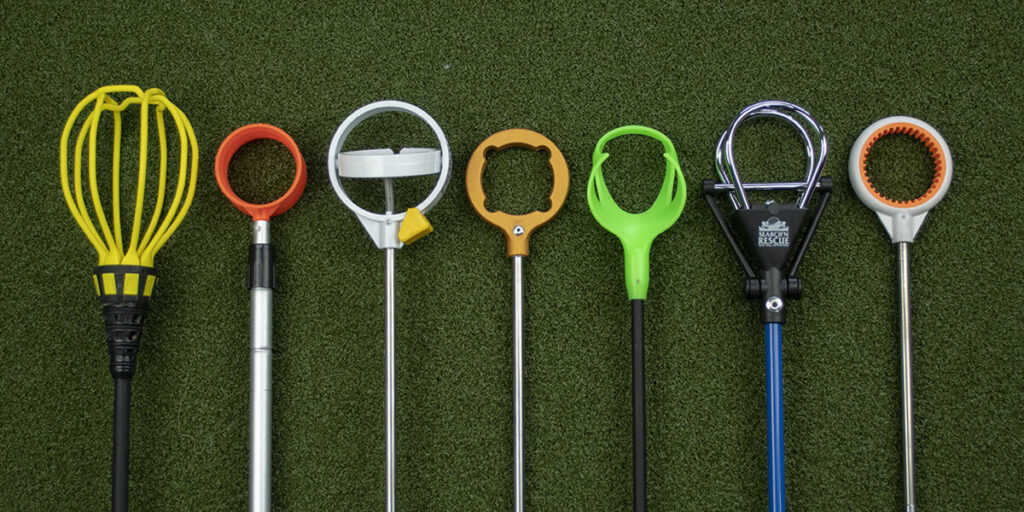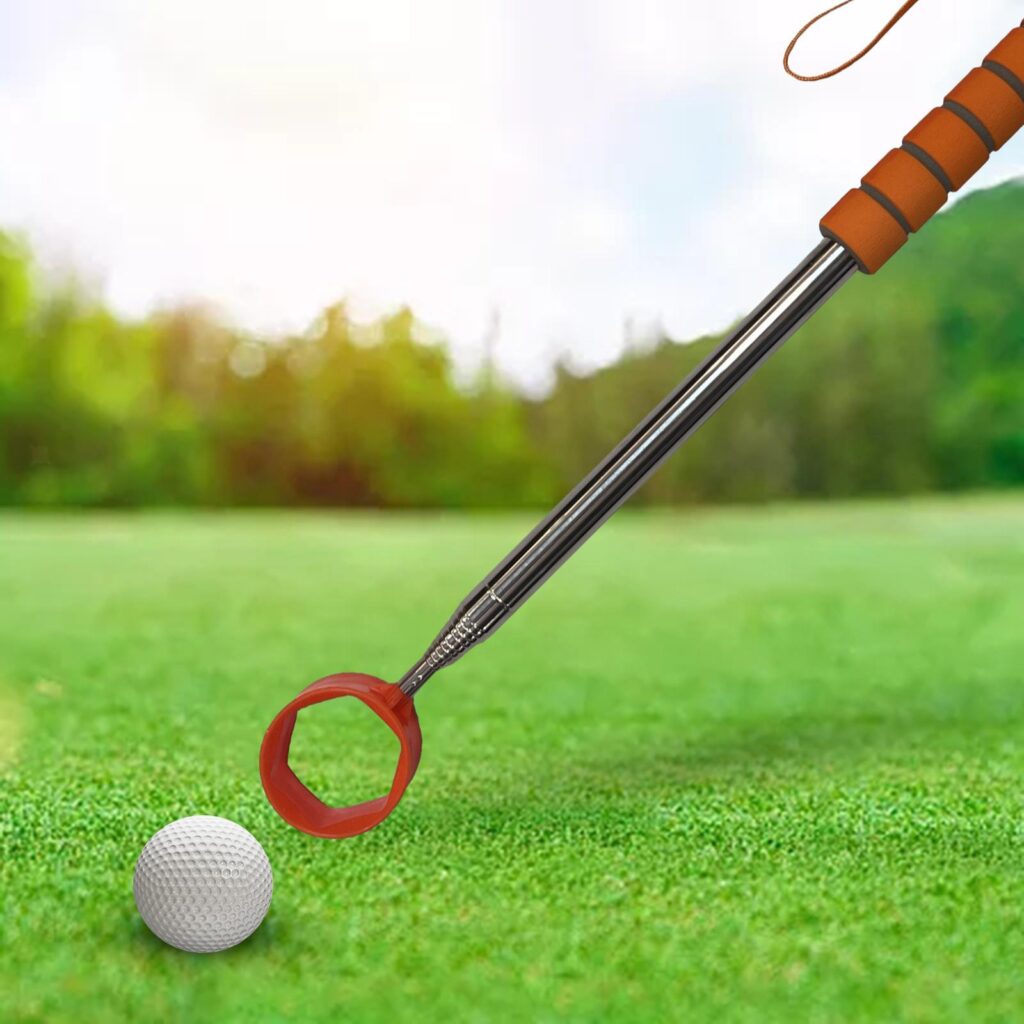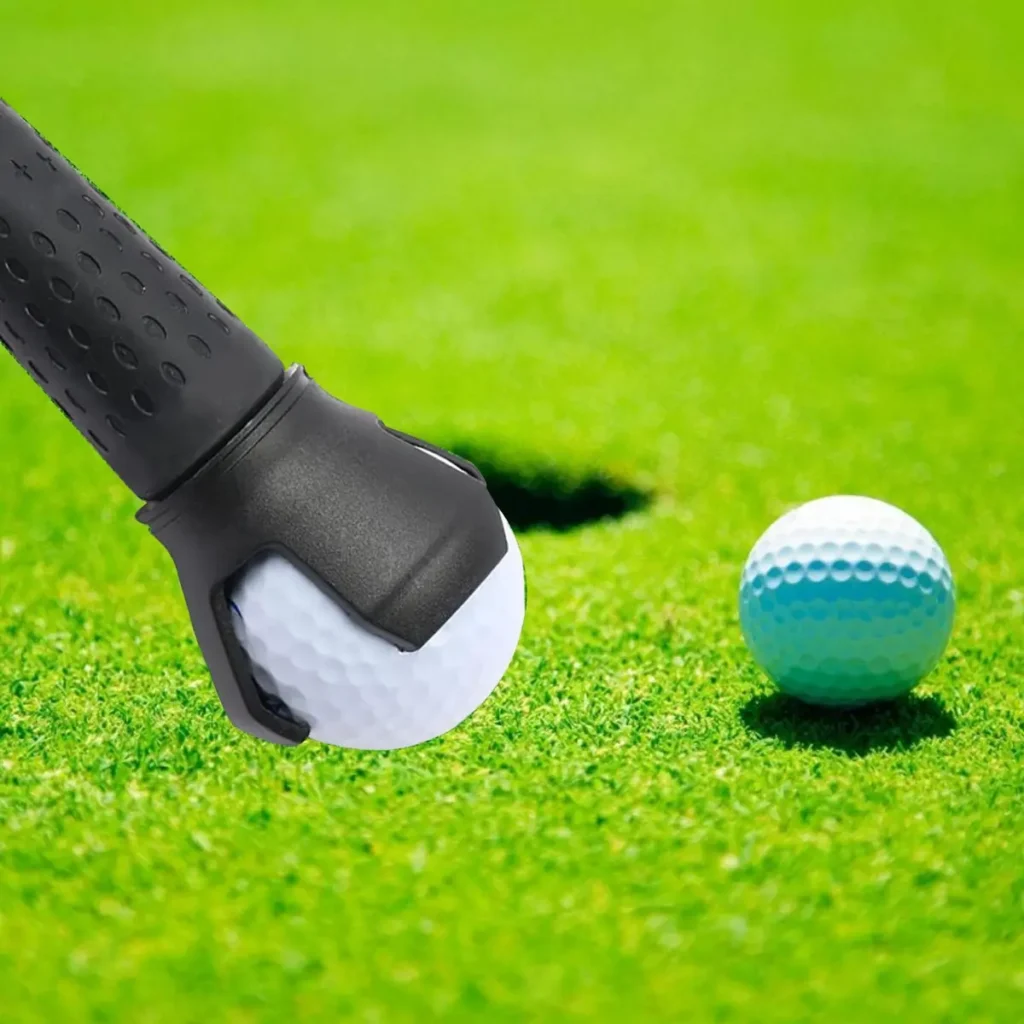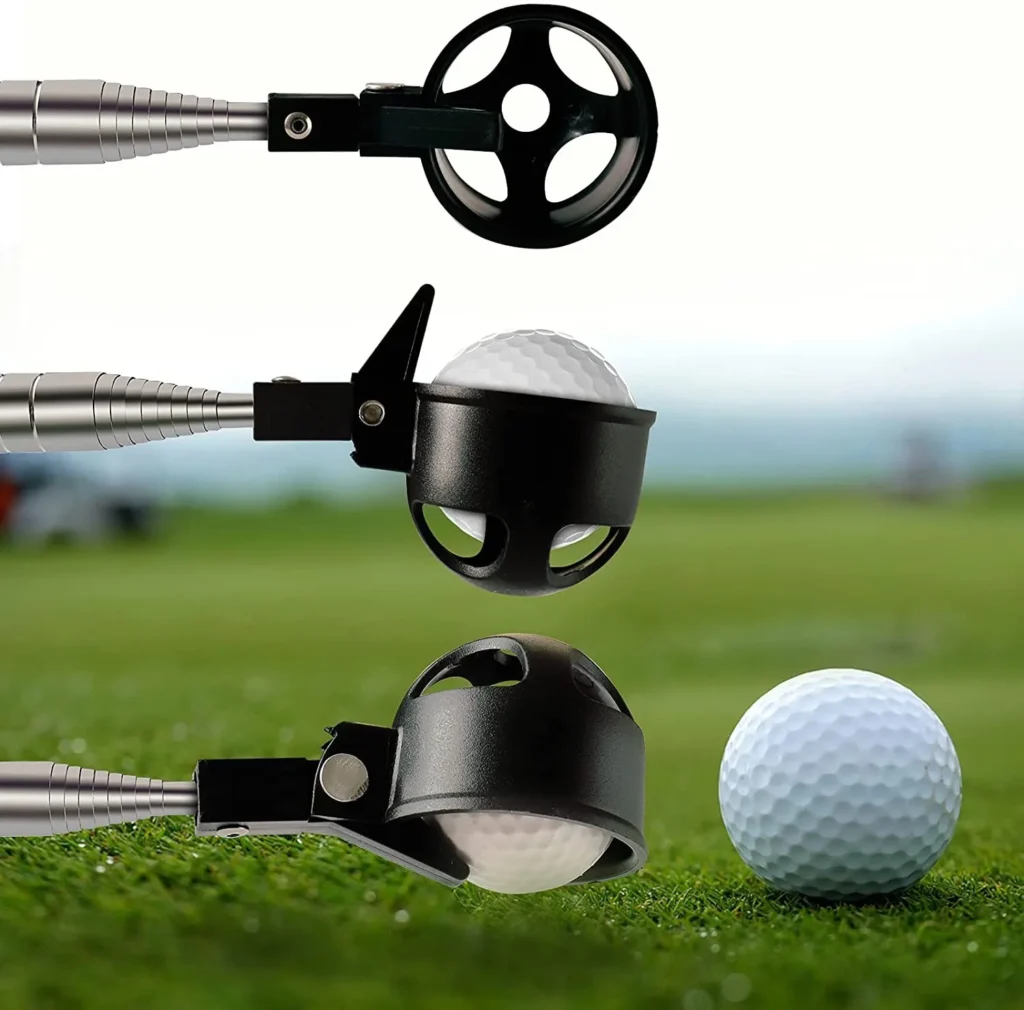How to Choose the Best Golf Ball Retriever for Your Needs
Golf, a game of precision and skill, often presents the inevitable challenge of lost balls. Whether it’s a ball submerged in a water hazard or nestled in an inaccessible spot, retrieving it can be a hassle without the right tool. This is where a golf ball retriever comes into play.
A well-chosen golf ball retriever can save you money, enhance your game, and reduce frustration.
But with a plethora of options available, how do you choose the best one for your needs?
This comprehensive guide will walk you through the essential factors to consider when selecting a golf ball retriever.

Understanding the Importance of a Golf Ball Retriever
Before delving into the selection process, it’s crucial to understand why a golf ball retriever is a valuable addition to your golfing gear. A golf ball retriever:
- Saves Money: Reduces the need to frequently purchase new balls.
- Conserve Time: Minimizes the time spent searching for lost balls.
- Enhances Convenience: It helps you recover balls from difficult locations like water hazards, bushes, and rough terrain.
- Eco-Friendly: Promotes environmental responsibility by reducing litter on the course.

Key Features to Look For
When choosing a golf ball retriever, several key features should be considered to ensure you select the best tool for your needs.
These features include length, material, grip, head design, and ease of use.
1. Length of the Retriever
The length of the retriever is perhaps the most critical factor. Golf ball retrievers come in various lengths, typically ranging from 6 feet to 18 feet when fully extended.
Consider the following when choosing the length:
- Course Layout: If you frequently play on courses with many water hazards or dense roughs, a longer retriever might be more beneficial.
- Portability: Longer retrievers can be cumbersome to carry, so balance the need for reach with ease of transport.
- Storage: Ensure the retriever can collapse to a manageable size that fits comfortably in your golf bag.

2. Material and Durability
The material of the retriever impacts its durability and weight. Common materials include:
- Aluminum: Lightweight and resistant to rust, aluminum retrievers are easy to handle and durable.
- Stainless Steel: More robust and durable than aluminum, stainless steel retrievers are ideal for frequent use and tougher retrieval tasks.
- Fiberglass: Lightweight and flexible, fiberglass retrievers offer a good balance of durability and ease of use.
3. Grip and Handle
A comfortable grip and handle are essential for ease of use, especially when retrieving balls from awkward positions. Look for:
- Non-Slip Grip: Ensures the retriever stays secure in your hand, even in wet conditions.
- Ergonomic Design: Provides comfort during extended use and reduces hand fatigue.

4. Head Design
The head of the retriever is crucial for effective ball retrieval. Different designs cater to various retrieval scenarios:
- Scoop Head: Ideal for retrieving balls from water or deep roughs.
- Spring-Loaded Head: Offers a secure grip on the ball, making it easier to retrieve from difficult spots.
- Claw Head: Suitable for retrieving balls from shallow water or loose surfaces.
5. Ease of Use
The overall ease of use can make a significant difference in your golfing experience. Consider the following aspects:
- Weight: A lightweight retriever is easier to handle and transport.
- Extension Mechanism: Telescoping retrievers are easy to extend and collapse, providing flexibility in length.
- Maintenance: Choose a retriever that is easy to clean and maintain to ensure longevity.
Popular Types of Golf Ball Retrievers
Several popular types of golf ball retrievers are available, each with its own unique features and benefits.
Understanding these types can help you make an informed decision.
Telescopic Golf Ball Retrievers
Telescopic retrievers are among the most popular due to their adjustable length.
They can extend to reach distant balls and collapse for easy storage. Key benefits include:
- Adjustable Length: Allows for flexible use in various scenarios.
- Compact Storage: Collapses to a small size, fitting easily in a golf bag.
- Versatility: Suitable for retrieving balls from water, bushes, and other hard-to-reach areas.

Hinged Cup Golf Ball Retrievers
Hinged cup retrievers feature a hinged mechanism at the head, which securely captures the ball.
This design is particularly effective for water retrieval. Key benefits include:
- Secure Grip: The hinged cup holds the ball firmly, reducing the chance of dropping it.
- Ease of Use: Simple to operate, even in challenging conditions.
- Durability: Often made from robust materials that withstand frequent use.
Scoop Head Golf Ball Retrievers
Scoop head retrievers have a scoop-like design that allows for easy retrieval from water and loose surfaces.
Key benefits include:
- Simple Design: Easy to use, especially for beginners.
- Effective Water Retrieval: The scoop design is ideal for retrieving balls from water hazards.
- Lightweight: Often made from lightweight materials, making them easy to handle.

Top Considerations for Different Golfers
Different golfers have unique needs and preferences.
Here’s how to choose the best golf ball retriever based on specific golfing scenarios and personal preferences.
Beginners
For beginners, ease of use and affordability are key. Consider:
- Telescopic Retrievers: Adjustable length and ease of storage.
- Scoop Head Retrievers: Simple design and effective retrieval.
Intermediate Golfers
Intermediate golfers might look for a balance between functionality and durability. Consider:
- Hinged Cup Retrievers: Secure grip and robust construction.
- Fiberglass Retrievers: Lightweight yet durable.
Advanced Golfers
Advanced golfers often prioritize premium quality and specialized features. Consider:
- Stainless Steel Retrievers: Superior durability for frequent use.
- Spring-Loaded Retrievers: Enhanced grip and retrieval efficiency.
Maintenance Tips for Your Golf Ball Retriever
To ensure your golf ball retriever remains in top condition, follow these maintenance tips:
- Clean Regularly: After each use, clean the retriever to remove dirt, grass, and water residues.
- Dry Thoroughly: Ensure the retriever is completely dry before storing to prevent rust and corrosion.
- Inspect for Damage: Regularly check for any signs of wear or damage and address them promptly.
- Proper Storage: Store the retriever in a cool, dry place to maintain its integrity and functionality.
Conclusion: Making the Right Choice
Choosing the best golf ball retriever for your needs involves considering several factors, including length, material, grip, head design, and ease of use.
Whether you’re a beginner looking for simplicity, an intermediate golfer seeking balance, or an advanced player demanding premium quality, there’s a retriever that fits your needs.
By understanding the importance of a golf ball retriever and knowing what to look for, you can make an informed decision that enhances your golfing experience.
Investing in the right golf ball retriever not only saves time and money but also adds convenience and enjoyment to your game.
So, next time you head to the course, you’ll be well-equipped to handle any ball retrieval challenges with ease and confidence.
